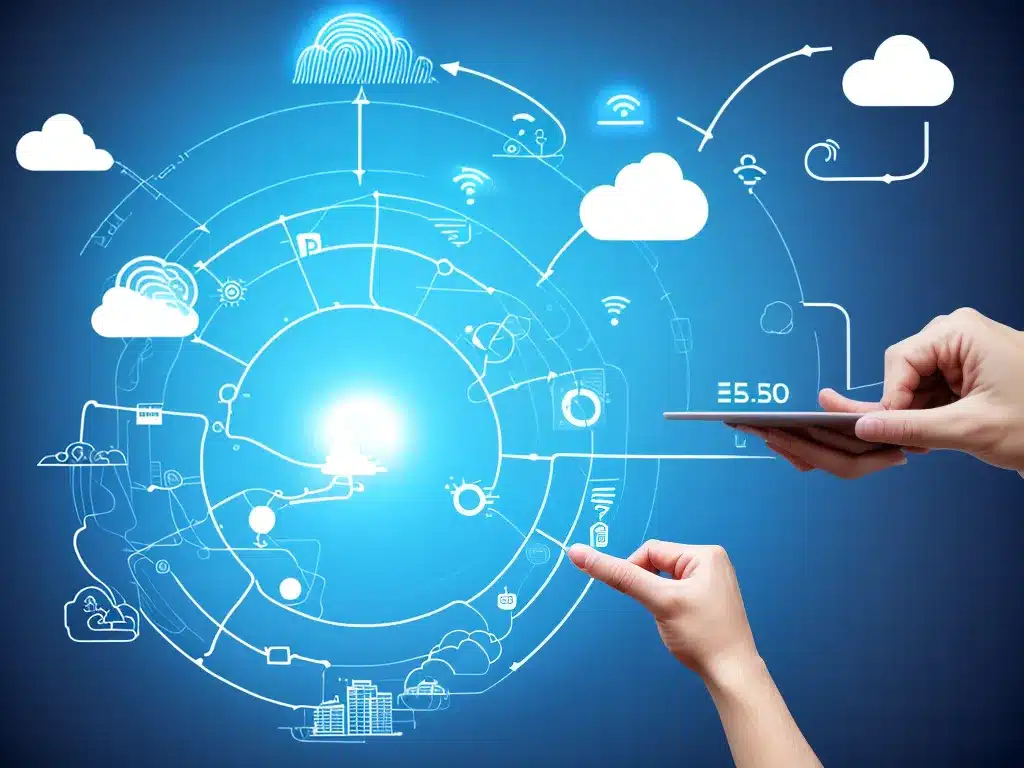
IoT for Predictive Weather Forecasting
The Internet of Things (IoT) is transforming weather forecasting by enabling real-time data collection from millions of sensors around the world. This massive influx of observational data is fueling major advances in our ability to model and predict the weather. In this article, I will provide an in-depth look at how IoT is improving weather prediction accuracy.
How IoT Enables Granular Weather Data Collection
Traditionally, weather data came from a limited number of stationary weather stations on land and satellites observing the atmosphere from space. IoT dramatically expands the number and distribution of weather sensors, including:
-
Smartphone barometers – Modern smartphones contain barometers that measure atmospheric pressure. Barometric pressure data from millions of phones can show developing high and low pressure systems.
-
Vehicle sensors – Telematics devices in cars and trucks record temperature, humidity, and wind speed. Vehicles cover millions of miles of roadways, collecting hyperlocal weather data.
-
Smart buildings – Commercial buildings are installing thousands of IoT sensors that record temperature, humidity, light, and air quality data useful for meteorology.
-
Personal weather stations – Low-cost personal weather stations mounted on homes collect temperature, rainfall, wind, and other data that gets shared with meteorological agencies.
-
Aircraft sensors – Commercial aircraft deployed globally measure atmospheric conditions like turbulence, icing, and lightning while in flight.
This proliferation of sensors provides weather agencies with far more granular, real-time data versus relying on a limited set of stationary weather stations updating every hour. For example, barometric pressure readings from millions of phones can show the movement of pressure systems by the minute.
Integrating IoT Sensor Data into Weather Models
The major challenge is integrating massive volumes of IoT sensor data into numerical weather prediction models in real time. Sophisticated algorithms are required to quality check the observational data, and properly assimilate it into the physics-based weather models.
Key innovations in IoT weather data analysis include:
-
Sensor metadata – Detailed sensor metadata like location, calibration, and uncertainty helps filter quality observations.
-
Data ingest pipelines – Automated pipelines rapidly ingest sensor data in standardized formats using technologies like Kafka and Spark.
-
Machine learning – ML improves quality checking by detecting sensor biases and filtering noisy data.
-
Assimilation algorithms – Advanced mathematical methods assimilate the global sensor data into the model’s representation of the atmosphere.
-
Scalable modeling – Large-scale distributed computing technologies allow the sensor data to drive high-resolution weather models.
Improving Forecast Skill with IoT Data
Incorporating real-time IoT sensor data into weather models has shown significant skill improvements:
-
Higher resolution – IoT creates dense observation networks that support hyper-local forecasts down to the neighborhood level.
-
Faster tornado warnings – Pressure sensor data quickly detects tornado conditions, allowing earlier warnings that save lives.
-
Stronger hurricane forecasts – Precise sensor data on ocean and atmospheric conditions leads to better hurricane path and intensity forecasts.
-
Reduced flight delays – Onboard aircraft sensors improve turbulence and icing forecasts, reducing flight delays.
-
Better precipitation predictions – Dense networks of rainfall and soil sensors lead to better precipitation nowcasts and flood prediction.
-
Enhanced climate modeling – Long records of high-quality data from IoT sensors reduce uncertainties in climate modeling.
Conclusion
In summary, IoT allows meteorological agencies to tap into billions of sensors worldwide to gain orders of magnitude more observational data. Advanced computing techniques assimilate this “big data” into high-resolution weather prediction models in real time. The result is significant improvements in the accuracy and timeliness of weather forecasts across all domains – from thunderstorms to hurricanes to climate change. IoT is revolutionizing meteorology and making society safer by enhancing our capacity to predict extreme weather.












